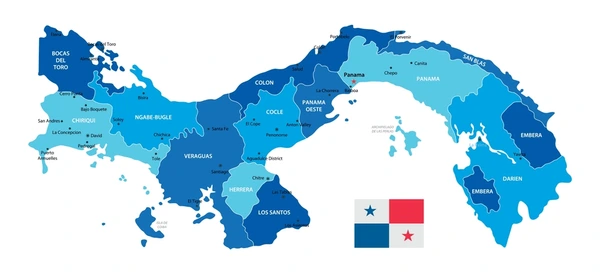¡Describiendo el mundo! (Describing the World!)
Welcome to Week 9: ¡Describiendo el mundo! (Describing the World!)
After mastering expressing opinions in Week 8, Week 9 equips you with the vocabulary and skills to describe people, places, and things in Spanish. We’ll learn how to use adjectives, adverbs, and comparative and superlative forms to paint vivid pictures with your words.

¡Pinta un cuadro con palabras! (Paint a picture with words!)
Theme: Descriptions Goals:
- Expand vocabulary related to physical appearance, personality traits, and object descriptions.
- Master the use of adjectives and adverbs to modify nouns and verbs.
- Learn how to compare and contrast people, places, and things using comparative and superlative forms.
- Practice giving detailed descriptions in Spanish.
- Develop your ability to understand spoken descriptions.
Words & Phrases:
- Descriptions: descripción (description), alto/a (tall), bajo/a (short), guapo/a (handsome/pretty), feo/a (ugly), inteligente (intelligent), divertido/a (fun), aburrido/a (boring), grande (big), pequeño/a (small), interesante (interesting)
- Adjectives & Adverbs: muy (very), bastante (quite), más…que (more than…), menos…que (less than…), el/la más… (the most…), el/la menos… (the least)
- Giving Descriptions: ¿Cómo es…? (What is he/she/it like?), Me parece que… (It seems to me that…), Tiene el pelo… (He/She has hair…)
Activities:
Warm-up: Play a “Describe the Picture” game in Spanish. Show students a picture (of a person, place, or object) and have them take turns describing it using as many adjectives as possible.
Fashion Show: Organize a mock fashion show in Spanish. Students can bring in an outfit or picture of an outfit and describe it in detail, using vocabulary for clothing, colors, and styles.
Mystery Box Challenge: Prepare a box with various objects hidden inside. Students take turns reaching in and describing the object in Spanish without seeing it, using their sense of touch. The class tries to guess the object based on the description.
Travel Brochure Creation: Divide students into groups and assign each group a Spanish-speaking country. They research the country’s geography, landmarks, and culture and create a travel brochure in Spanish, using descriptive language to entice potential visitors.
Movie Character Analysis: Watch a short scene from a Spanish-language movie. Students write a character description in Spanish, focusing on the character’s appearance, personality, and behavior.
Bonus: Research a famous Spanish-speaking artist and analyze one of their works. Present your findings to the class, describing the artwork in detail and discussing the artist’s use of color, shapes, and composition.
Remember: Keep practicing describing things in Spanish! Describe your surroundings, the people you see, and the objects you use daily. Pay attention to descriptive language used in Spanish media and try to incorporate it into your own vocabulary.
¡Ya casi estás ahí! (You’re almost there!) Week 10, the final week of your Spanish learning journey, focuses on summarizing information and storytelling in Spanish.
Additional Tips:
- Use online resources like virtual tours of famous landmarks or museums in Spanish-speaking countries to provide a visual context for descriptions.
- Play Spanish-language guessing games like “Adivina quién soy” (Guess who I am) to practice describing people based on clues.
- Encourage students to write short descriptive paragraphs about their dream vacation or ideal home in Spanish.
- Incorporate art projects into your lessons. Students can create drawings or paintings and then describe them in Spanish to the class.
By the end of Week 9, you’ll be able to describe the world around you in vivid detail using Spanish vocabulary. Get ready to impress native speakers with your descriptive skills! ¡Buen trabajo! (Good work!)

